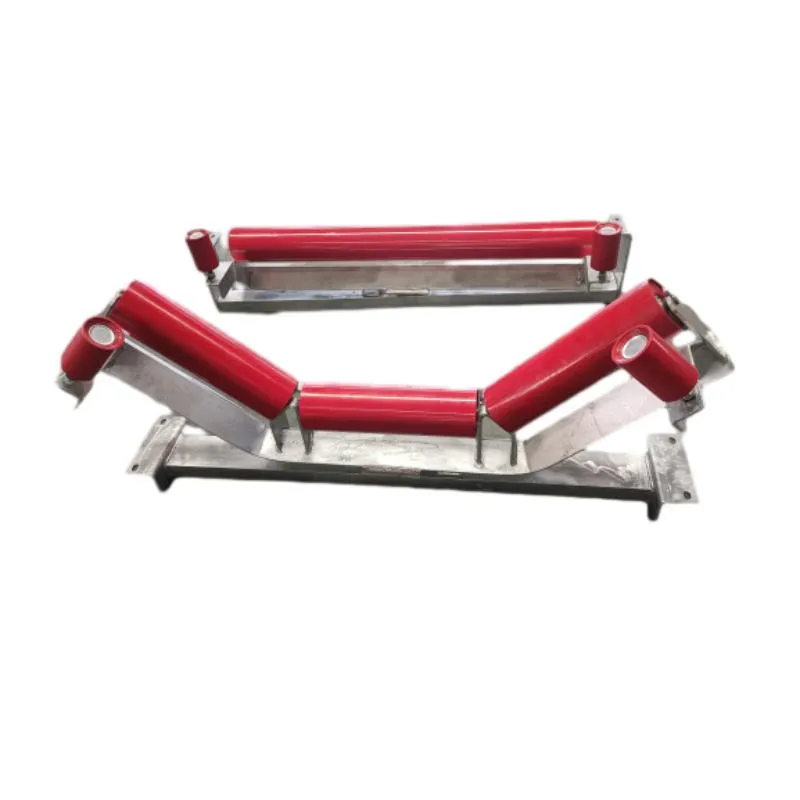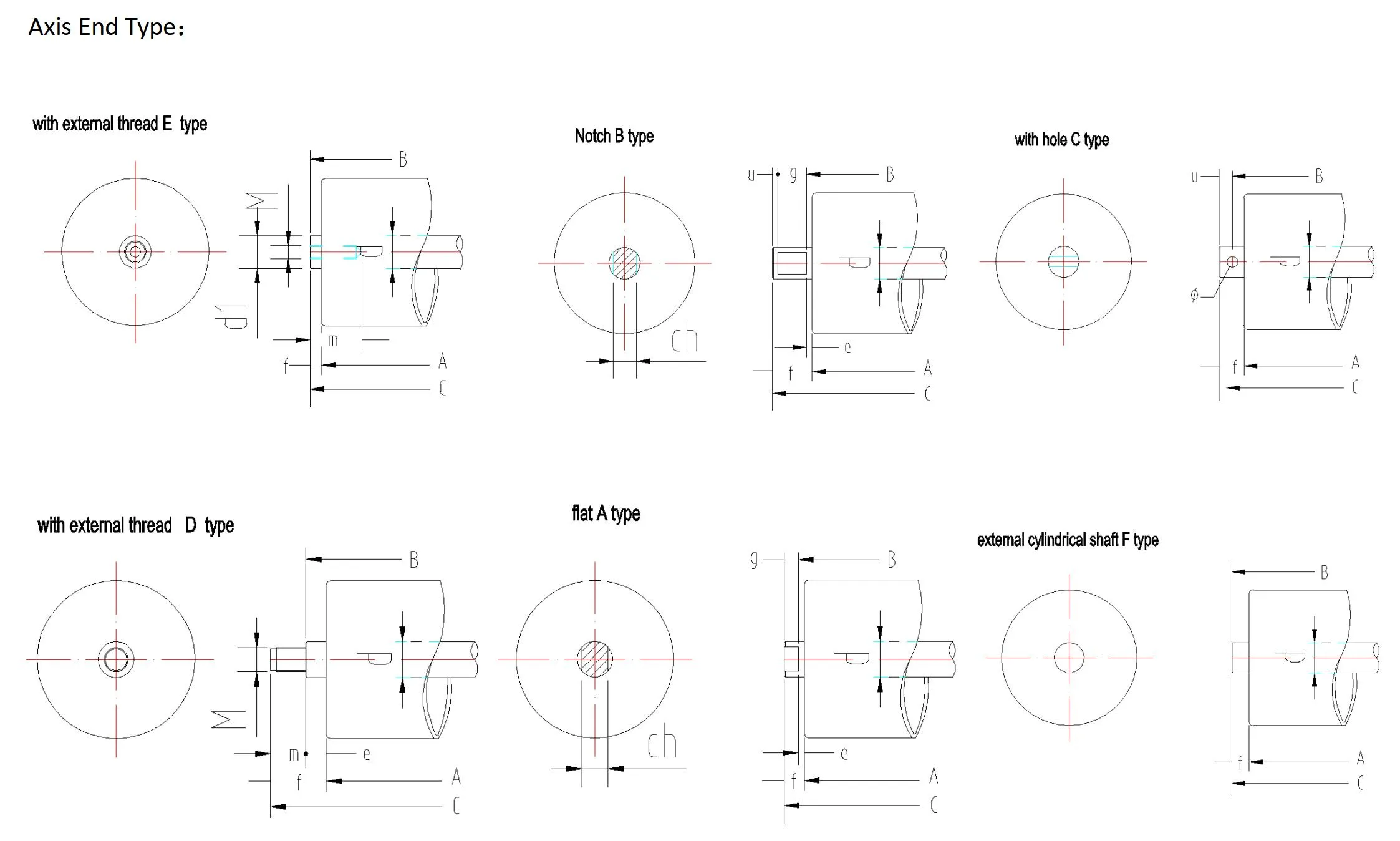 Afrikaans
Afrikaans  Albanian
Albanian  Amharic
Amharic  Arabic
Arabic  Armenian
Armenian  Azerbaijani
Azerbaijani  Basque
Basque  Belarusian
Belarusian  Bengali
Bengali  Bosnian
Bosnian  Bulgarian
Bulgarian  Catalan
Catalan  Cebuano
Cebuano  Corsican
Corsican  Croatian
Croatian  Czech
Czech  Danish
Danish  Dutch
Dutch  English
English  Esperanto
Esperanto  Estonian
Estonian  Finnish
Finnish  French
French  Frisian
Frisian  Galician
Galician  Georgian
Georgian  German
German  Greek
Greek  Gujarati
Gujarati  Haitian Creole
Haitian Creole  hausa
hausa  hawaiian
hawaiian  Hebrew
Hebrew  Hindi
Hindi  Miao
Miao  Hungarian
Hungarian  Icelandic
Icelandic  igbo
igbo  Indonesian
Indonesian  irish
irish  Italian
Italian  Japanese
Japanese  Javanese
Javanese  Kannada
Kannada  kazakh
kazakh  Khmer
Khmer  Rwandese
Rwandese  Korean
Korean  Kurdish
Kurdish  Kyrgyz
Kyrgyz  Lao
Lao  Latin
Latin  Latvian
Latvian  Lithuanian
Lithuanian  Luxembourgish
Luxembourgish  Macedonian
Macedonian  Malgashi
Malgashi  Malay
Malay  Malayalam
Malayalam  Maltese
Maltese  Maori
Maori  Marathi
Marathi  Mongolian
Mongolian  Myanmar
Myanmar  Nepali
Nepali  Norwegian
Norwegian  Norwegian
Norwegian  Occitan
Occitan  Pashto
Pashto  Persian
Persian  Polish
Polish  Portuguese
Portuguese  Punjabi
Punjabi  Romanian
Romanian  Russian
Russian  Samoan
Samoan  Scottish Gaelic
Scottish Gaelic  Serbian
Serbian  Sesotho
Sesotho  Shona
Shona  Sindhi
Sindhi  Sinhala
Sinhala  Slovak
Slovak  Slovenian
Slovenian  Somali
Somali  Spanish
Spanish  Sundanese
Sundanese  Swahili
Swahili  Swedish
Swedish  Tagalog
Tagalog  Tajik
Tajik  Tamil
Tamil  Tatar
Tatar  Telugu
Telugu  Thai
Thai  Turkish
Turkish  Turkmen
Turkmen  Ukrainian
Ukrainian  Urdu
Urdu  Uighur
Uighur  Uzbek
Uzbek  Vietnamese
Vietnamese  Welsh
Welsh  Bantu
Bantu  Yiddish
Yiddish  Yoruba
Yoruba  Zulu
Zulu Jan . 13, 2025 09:55
Back to list
Comb Roller
Conveyor idlers are critical components of conveyor systems, offering the necessary support for the conveyor belt and facilitating smooth operations by minimizing belt friction. Optimal conveyor system performance hinges on selecting the correct conveyor idler specifications, underscoring their importance in maintaining operational efficiency and extending equipment lifespan.
Material and environmental conditions play pivotal roles in idler selection. Materials susceptible to corrosion or those used in outdoor operations may require idlers with specific coatings or made from corrosion-resistant materials like galvanized steel or plastic. In extremely high or low temperature environments, choosing idler systems that can withstand these conditions without deformation or reduced performance is crucial. Moreover, noise levels are an often-overlooked aspect of idler specifications. Noise reduction can be essential in industries sensitive to sound pollution. Selecting idlers with precision bearings and appropriate materials helps curtail operational noise, creating more pleasant and safer work environments. To ensure these systems remain reliable, periodic inspection and maintenance are necessary. Regularly checking for signs of wear, such as unusual noise or wobbling in the idlers, can preempt costly downtime. Implementing these maintenance routines is part of good practice in managing conveyor systems effectively. In summary, understanding conveyor idler specifications requires a comprehensive consideration of several interrelated factors from an expert perspective. Each aspect, from size and bearing type to material compatibility and environmental condition, is a complex decision that impacts the operational efficiency and longevity of a conveyor system. Professionals tasked with selecting these components should leverage their expertise to make informed decisions, ensuring each specification aligns with the operational demands and enhances the overall system's performance. Prioritizing quality and precision during selection not only maximizes efficiency but also reinforces trust in your operation’s reliability.


Material and environmental conditions play pivotal roles in idler selection. Materials susceptible to corrosion or those used in outdoor operations may require idlers with specific coatings or made from corrosion-resistant materials like galvanized steel or plastic. In extremely high or low temperature environments, choosing idler systems that can withstand these conditions without deformation or reduced performance is crucial. Moreover, noise levels are an often-overlooked aspect of idler specifications. Noise reduction can be essential in industries sensitive to sound pollution. Selecting idlers with precision bearings and appropriate materials helps curtail operational noise, creating more pleasant and safer work environments. To ensure these systems remain reliable, periodic inspection and maintenance are necessary. Regularly checking for signs of wear, such as unusual noise or wobbling in the idlers, can preempt costly downtime. Implementing these maintenance routines is part of good practice in managing conveyor systems effectively. In summary, understanding conveyor idler specifications requires a comprehensive consideration of several interrelated factors from an expert perspective. Each aspect, from size and bearing type to material compatibility and environmental condition, is a complex decision that impacts the operational efficiency and longevity of a conveyor system. Professionals tasked with selecting these components should leverage their expertise to make informed decisions, ensuring each specification aligns with the operational demands and enhances the overall system's performance. Prioritizing quality and precision during selection not only maximizes efficiency but also reinforces trust in your operation’s reliability.
Latest news
-
Revolutionizing Conveyor Reliability with Advanced Rubber Lagging PulleysNewsJul.22,2025
-
Powering Precision and Durability with Expert Manufacturers of Conveyor ComponentsNewsJul.22,2025
-
Optimizing Conveyor Systems with Advanced Conveyor AccessoriesNewsJul.22,2025
-
Maximize Conveyor Efficiency with Quality Conveyor Idler PulleysNewsJul.22,2025
-
Future-Proof Your Conveyor System with High-Performance Polyurethane RollerNewsJul.22,2025
-
Driving Efficiency Forward with Quality Idlers and RollersNewsJul.22,2025
OUR PRODUCTS





























